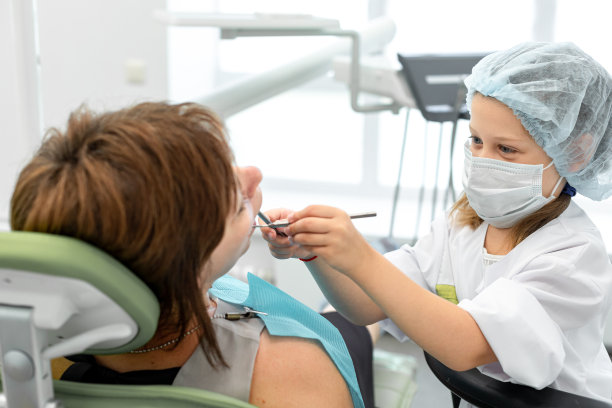Essential Guidelines to Follow Before and After Dental Fillings for Optimal Oral Health and Recovery
Summary: Dental fillings are a common procedure for treating cavities and ensuring optimal oral health. To facilitate recovery and maintain oral hygiene post-treatment, certain essential guidelines should be followed both before and after obtaining dental fillings. This article highlights key preparations before your appointment, important care tips immediately following the filling procedure, dietary recommendations to follow, and signs that may indicate complications. Adhering to these guidelines can significantly enhance your recovery process and promote better long-term oral health.
1. Preparing for Your Dental Filling Appointment

Prior to your dental filling appointment, its crucial to understand the procedure and its necessity. Gather information from your dentist regarding the type of filling being used and the expected duration of the procedure. This knowledge will help ease any anxiety or apprehension you may have about the treatment.
Additionally, ensure that your dental records are up-to-date. Inform your dentist of any allergies, pre-existing conditions, or medications you are currently taking. This information is vital for your dentist to create a tailored treatment plan and avoid potential complications.
Also, consider arranging for someone to drive you home post-procedure, especially if you will be receiving sedation. This will ensure your safety and comfort after the appointment, allowing you to focus on your recovery without any added stress.
2. Post-Procedure Care for Dental Fillings
Immediately following your dental filling, it is essential to take care of the treated area. Avoid eating or drinking anything until the local anesthesia has completely worn off. This can help prevent accidental biting of your cheeks or tongue, as well as limit sensitivity in the area.
For the first 24 hours, steer clear of very hot or cold foods and beverages, as temperature extremes may provoke discomfort in your newly filled tooth. Opt for soft foods to minimize irritation to the filling and allow your mouth to adjust comfortably.
If you experience any discomfort or pain after the anesthesia diminishes, over-the-counter pain relievers can be beneficial. However, consult your dentist if the discomfort persists beyond a few days, as this might indicate a need for further assessment.
3. Dietary Recommendations for Optimal Recovery
After receiving a dental filling, maintaining a balanced diet can aid in faster recovery. Incorporate soft foods such as yogurt, oatmeal, and smoothies into your meals for at least a week to prevent irritation and discomfort in the filling area. These options are not only gentle on your teeth, but they also provide essential nutrients for healing.
Its advisable to limit sugary snacks and acidic foods that can lead to further cavities in remaining teeth or compromise the integrity of the filling. Instead, focus on wholesome choices like fruits, vegetables, and lean proteins that contribute to overall oral health.
Lastly, stay hydrated with water and avoid excessive consumption of caffeine or alcohol, which may exacerbate sensitivity. Good hydration supports healing and maintains your body’s natural functions during recovery.
4. When to Consult Your Dentist Post-Filling
Monitoring the condition of your dental filling is crucial in the days and weeks following the procedure. Regularly assess the treated tooth for any signs of discomfort or unusual sensations. If you notice persistent pain, sensitivity, or the filling feels loose, its vital to contact your dentist for an evaluation.
In addition to physical discomfort, be alert for any swelling or infection signs in your gums surrounding the filling. Symptoms like fever or difficulty swallowing may indicate complications that require immediate medical attention.
Establishing regular dental check-ups after your filling can also aid in identifying potential problems early and ensuring your overall oral health remains a priority. Keeping these appointments will help your dentist monitor the success of the filling and maintain your dental hygiene.
Summary:
In conclusion, following essential guidelines before and after dental fillings can greatly influence your oral health recovery. By preparing adequately for the appointment, providing proper post-care, maintaining a healthy diet, and monitoring for complications, you can ensure a successful outcome and long-lasting oral health benefits.
This article is compiled by Vickong Dental and the content is for reference only.



